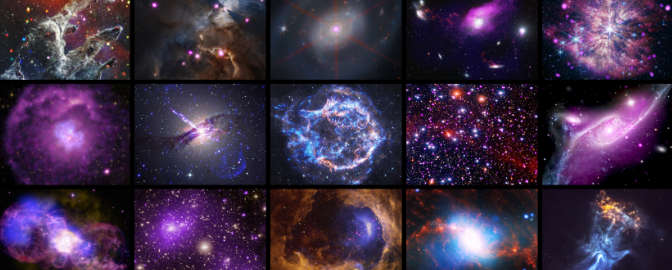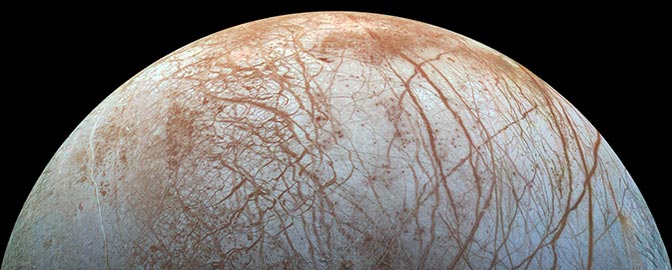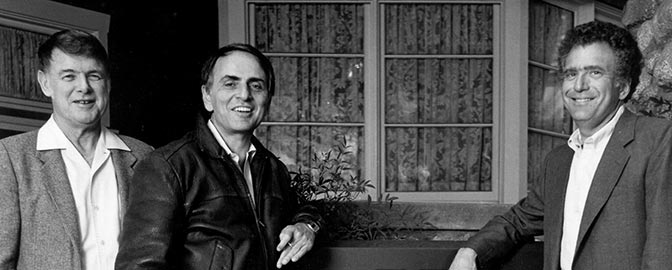Asa Stahl • Feb 20, 2025
How The Planetary Society's grassroots movement shapes the future of space
Try to think of someone whose voice has been heard in every country in the world — someone who has worked with Hollywood stars, like LeVar Burton and James Cameron, but also a dozen astronauts and a Nobel Prize winner. They’re not a politician, though they’ve met hundreds of Congresspeople, and though they’ve never built a rocket, they’ve helped launch space missions that explore the Universe.
If you think this person doesn’t exist in real life, you’re right. They’re actually 50,000 people, and they’re called The Planetary Society.
Star Trek actors endorse The Planetary Society over the years Star Trek has always looked to the future with optimism. It represents a future when we've worked past our differences on Earth and look to the stars. The Planetary Society understands that vision for a better future, believing that space exploration brings out the best in us. If you believe in that future, you should join today as a member. The actors behind the iconic characters of Captain Kirk, Sulu, Uhura, Riker, Q, Data, Janeway, Tuvok, and Voyager's holographic Doctor believe in our mission as did the founder of Star Trek, Gene Roddenberry.
Since our founding in 1980, The Planetary Society has grown into a worldwide movement for space. We have taken grassroots support and refined it into a powerful machine for change, minting everything from political victories and successful space missions to viral videos and hard-hitting journalism. Today, our reach is greater than it has ever been before.
There is perhaps no better measure of this growth than our footprint in Washington, D.C. Since The Planetary Society’s first annual Day of Action in 2019, our members have held nearly a thousand meetings with politicians and sent hundreds of thousands of emails to Congress and the White House. Our full-time representative in the capital, Jack Kiraly, averages about 100 meetings with elected officials every year. That’s in addition to assisting the Congressional Planetary Science Caucus, which organizes like-minded politicians around our cause.
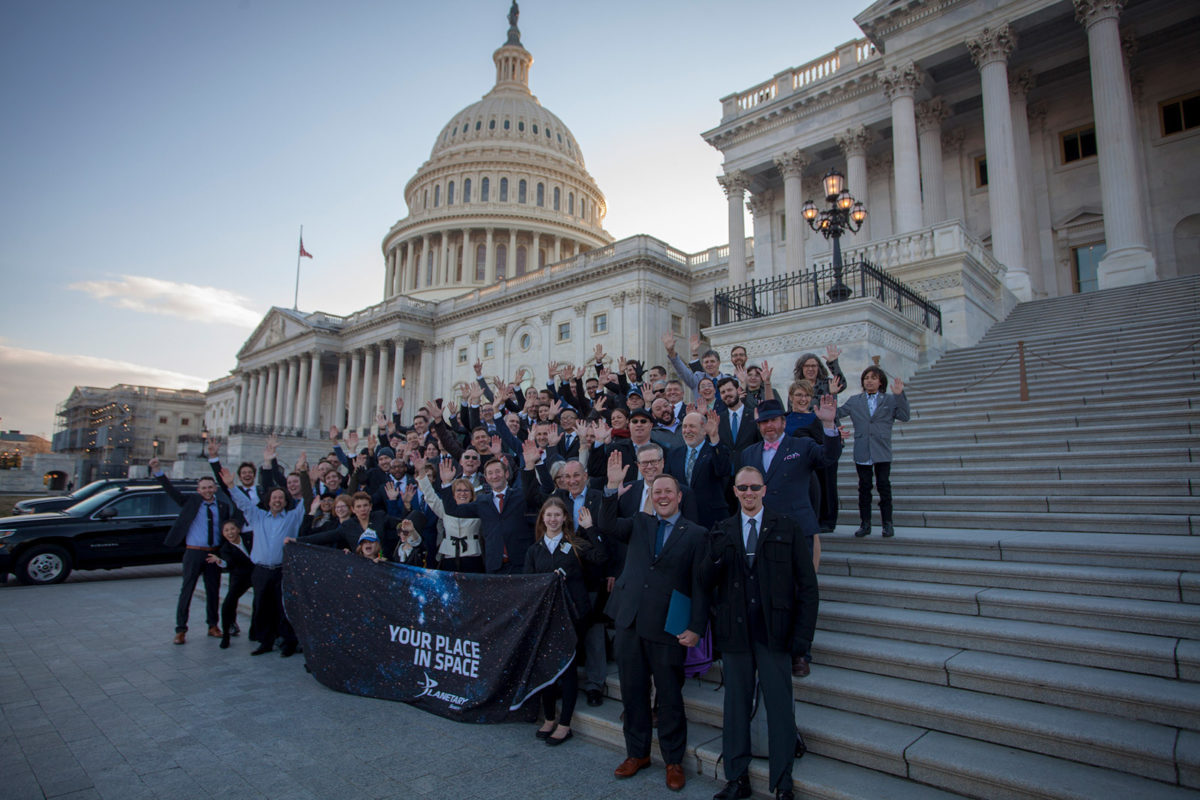
These efforts have paid off. When NASA’s VERITAS mission to Venus was on the chopping block in 2023, The Planetary Society successfully organized a campaign to save it. We literally stood with the mission’s principal investigator, Darby Dyar, and fought beside her in Washington — and now, that mission is on track to launch.
“If The Planetary Society hadn't come to our aid, I have a feeling that we wouldn't be in the place we are right now,” Dyar told us. “I can't express well enough how grateful the mission is.”
That’s on top of Europa Clipper, Cassini, and all the other space missions that The Planetary Society has helped champion to the launchpad. Perhaps the most endangered of them all was New Horizons, the mission to Pluto that was canceled several times before it finally got off the ground.

“We wouldn’t have done New Horizons if it hadn’t been for the support of The Planetary Society, and not just once — many times, over many years,” said Alan Stern, principal investigator for the project.
Our advocacy, along with our vision for humanity’s future in space, has attracted a steady stream of difference-makers to join our efforts. Historical heroes, scientific leaders, and cultural icons have all served on the Advisory Council and Board of Directors that guide The Planetary Society. These include two people who have walked on the Moon, the first American woman in space, and nearly a dozen other astronauts; foundational science fiction writers such as Arthur C. Clarke, Ray Bradbury, and Isaac Asimov; Hollywood stars like Paul Newman, Steven Spielberg, and John Rhys-Davies; two U.S. senators, former NASA leaders, and the first woman to serve as U.S. Secretary of Education; and a Nobel Prize winner, plus Neil deGrasse Tyson.
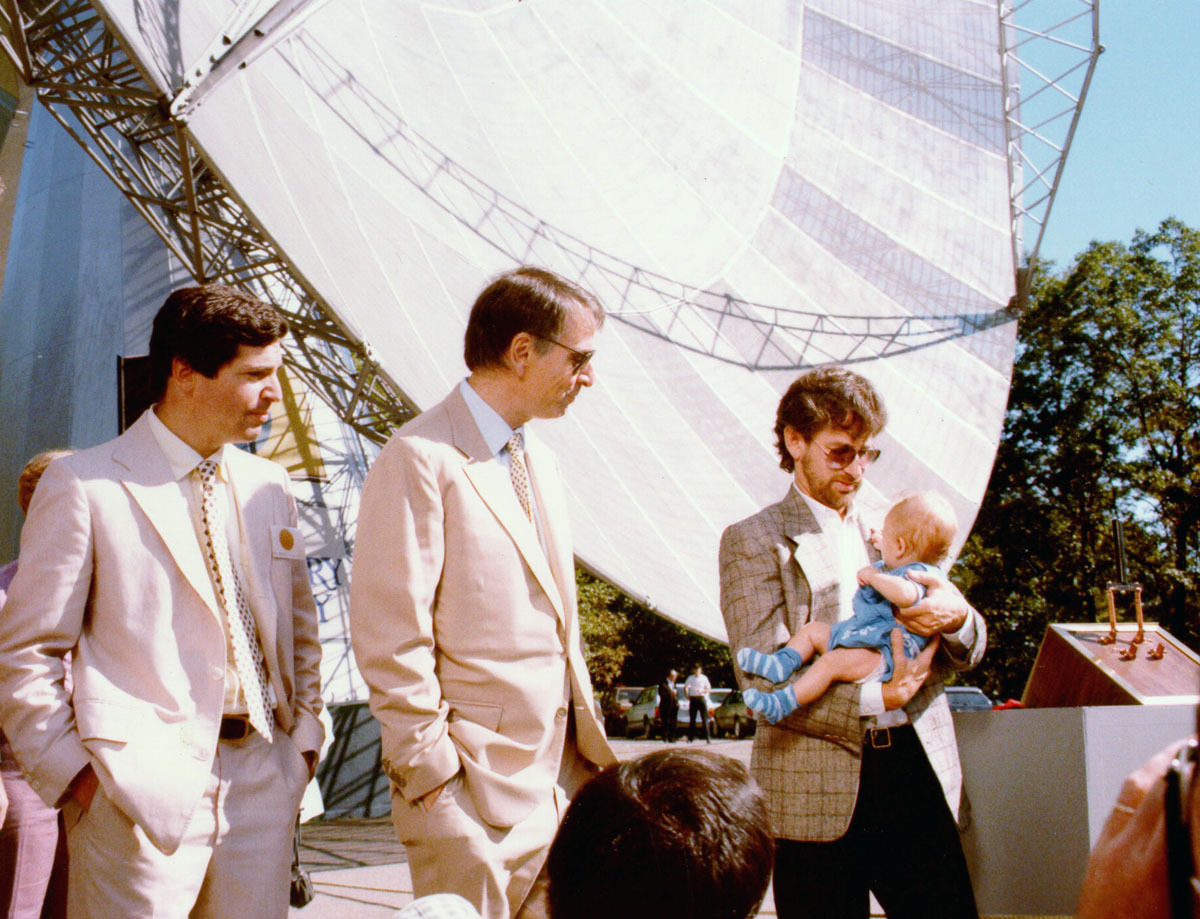
The names that have most extended The Planetary Society’s influence, though, are Carl Sagan and Bill Nye. Sagan co-founded The Planetary Society as part of his lifelong effort to shape humanity’s relationship with the Cosmos, building his talent and vision into our foundation — and Bill Nye redoubled these efforts when he joined us as CEO in 2010. Since then, The Planetary Guy has spearheaded our advocacy campaigns, tirelessly promoted our projects like the LightSail mission, and oversaw many of the changes that broadened our reach to where it is today.
One change came with the rise of digital media. Back in the 1980s, we mostly engaged others through our print publication, The Planetary Report. According to Jennifer Vaughn, COO of the Planetary Society, the Report provided a rare, direct channel between the public and space scientists around the world. It covered stories no one else has, and it debuted many space images to the public for the first (and sometimes only) time.
“It means a lot to our members,” said Vaughn. “It always has, and it still does.”
LightSail Then and Now In 1976, Carl Sagan appeared on The Tonight Show to talk about a crazy new idea: solar sailing. Nearly 40 years later, The Planetary Society is realizing this dream with a new spacecraft called LightSail designed to propel through space on beams of sunlight.
The Planetary Report continues to reach thousands, but our message now also goes further. Between the articles on this website, our videos on social media, and our Planetary Radio podcast, as many as 30 million people heard, read, or watched The Planetary Society in the last year alone. And with downloads from every country on Earth, Planetary Radio has truly lived up to its name.
Reaching new audiences has also meant collaborating with others. Our partnership with Lego went to Mars, while the eclipse guide we wrote on behalf of the National Park Service was given out at visitor centers that receive over 300 million people per year. Our children’s books, recently published with Lerner, have already been checked out of libraries by hundreds of thousands of students.
But The Planetary Society doesn’t just reach others — it brings them together. We gather people around space through events like Planetfest and Eclipse-O-Rama, while roadshows like Planetary Radio Live take science to the public around the world. The professional symposiums we’ve hosted, with topics ranging from human spaceflight to the search for life, have helped scientists and space leaders refine how humanity explores the Cosmos.
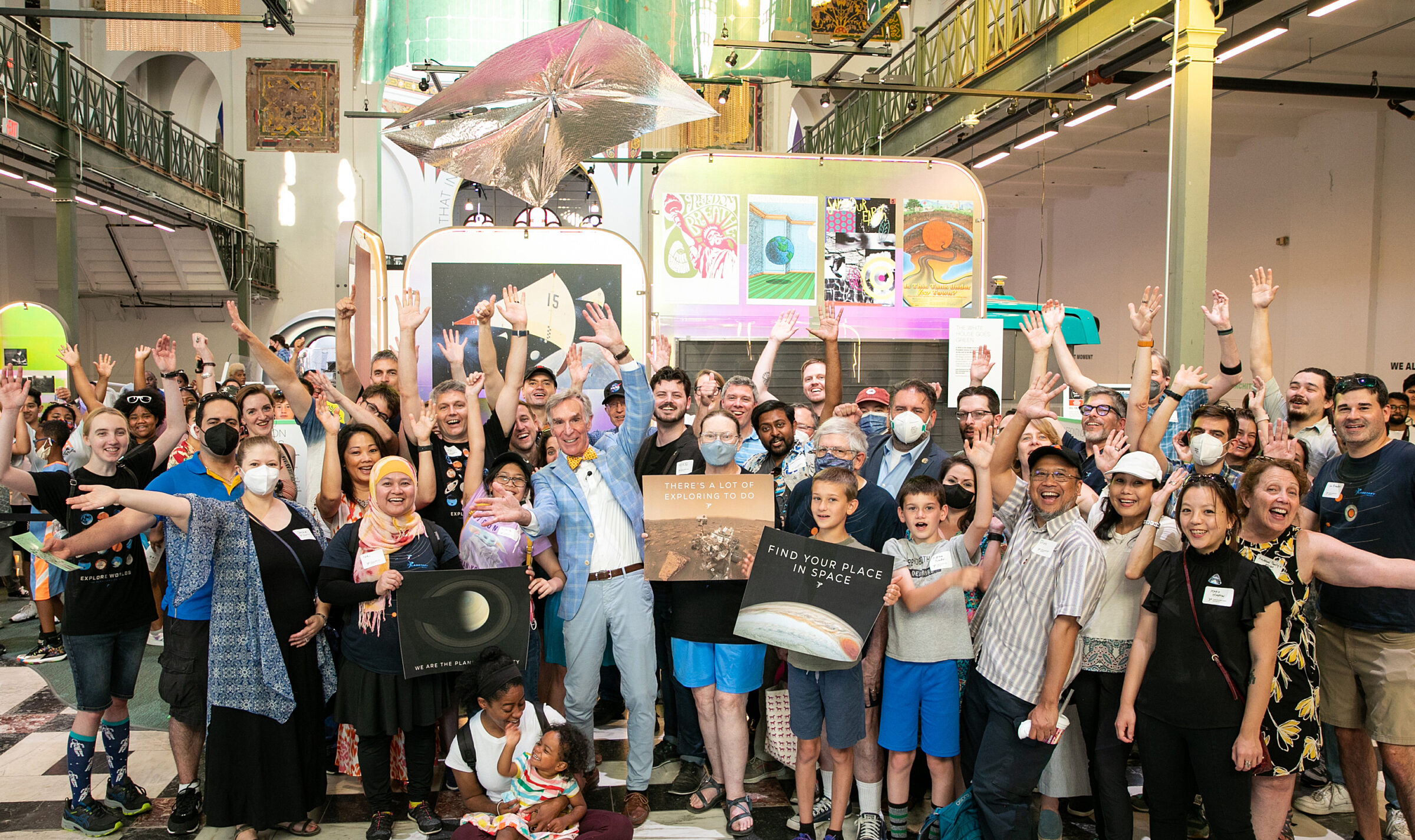
In just a couple of months, our next live event will mark our 45th anniversary. That means 45 years of growing impact, 45 years of speaking up for space missions, and 45 years of more broadly sharing our love of space. Much has changed in that time, but one thing will always remain the same: for the thousands of members of The Planetary Society, the best is yet to come.
Support our core enterprises
Your support powers our mission to explore worlds, find life, and defend Earth. You make all the difference when you make a gift. Give today!
Donate

 Explore Worlds
Explore Worlds Find Life
Find Life Defend Earth
Defend Earth